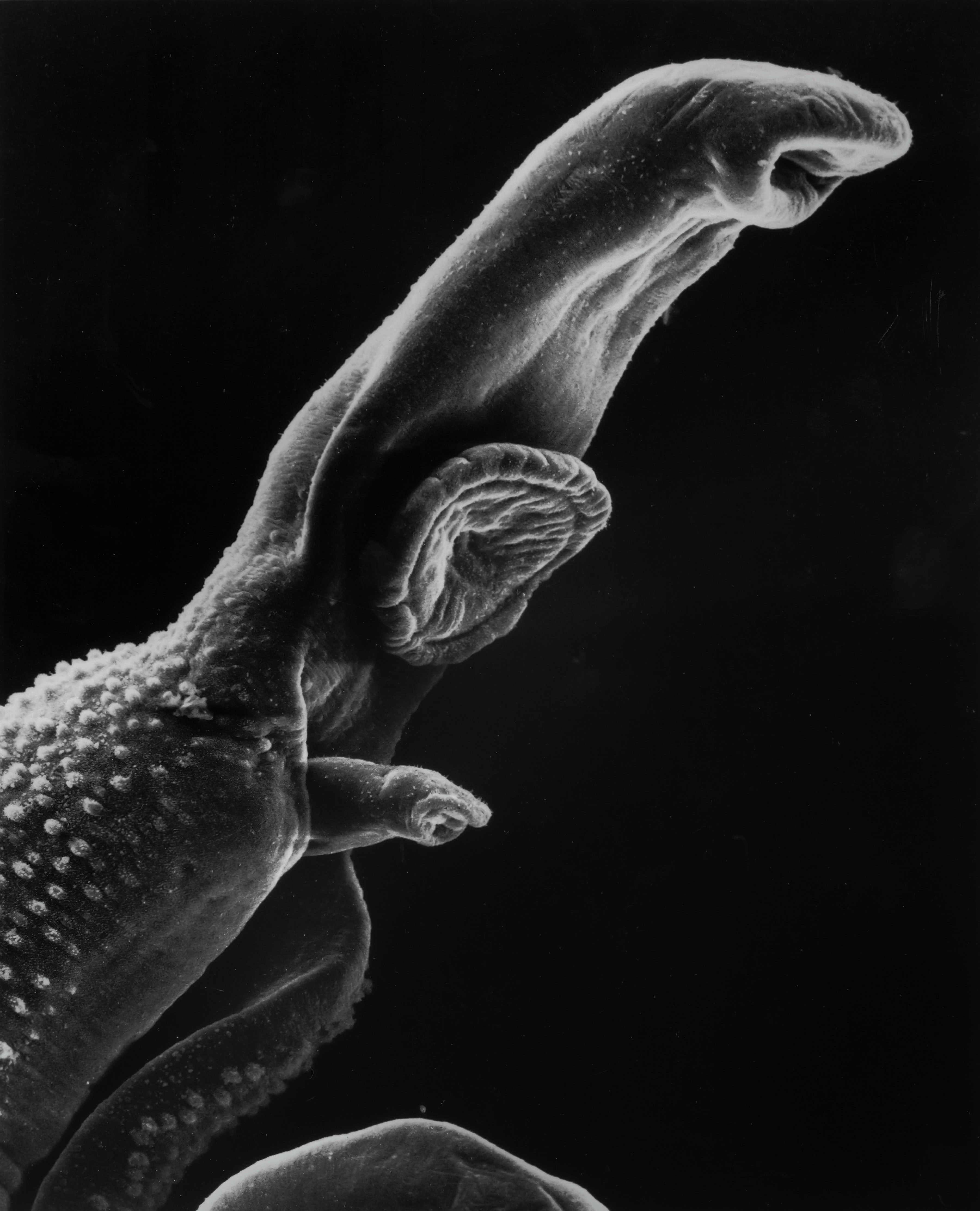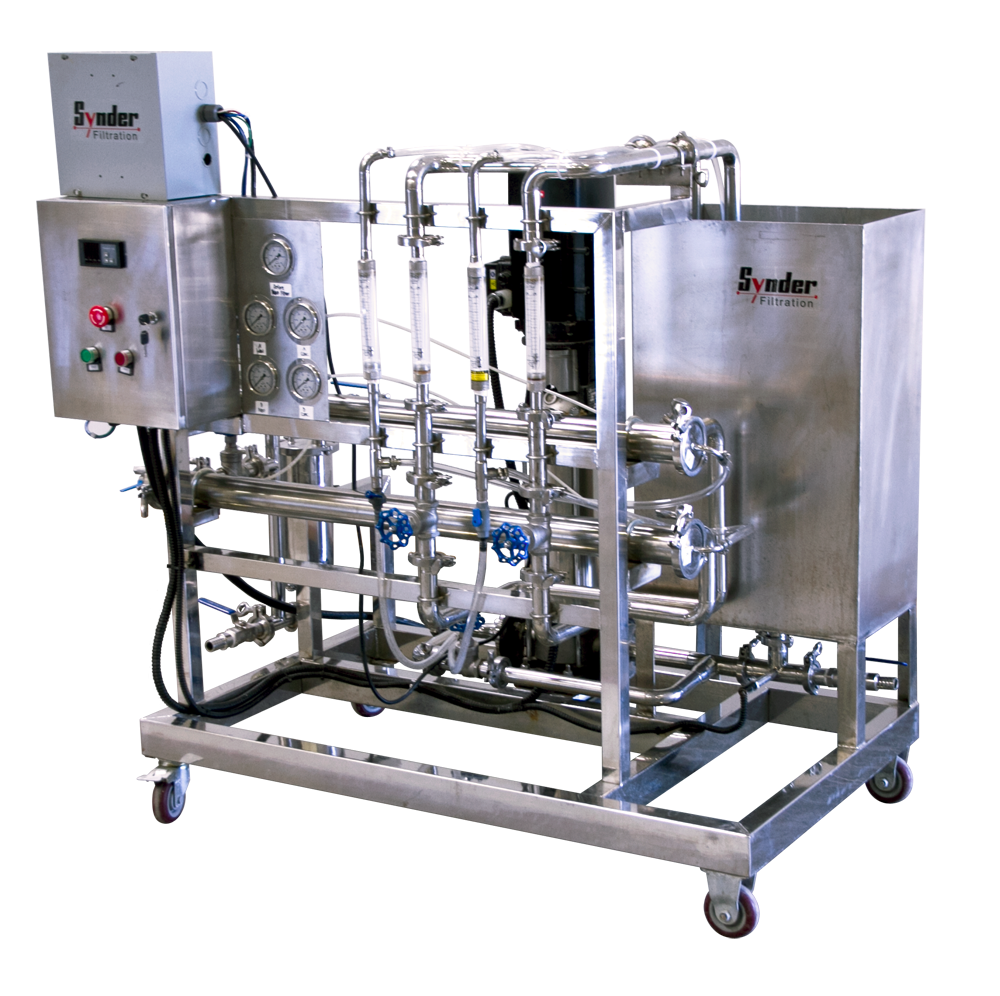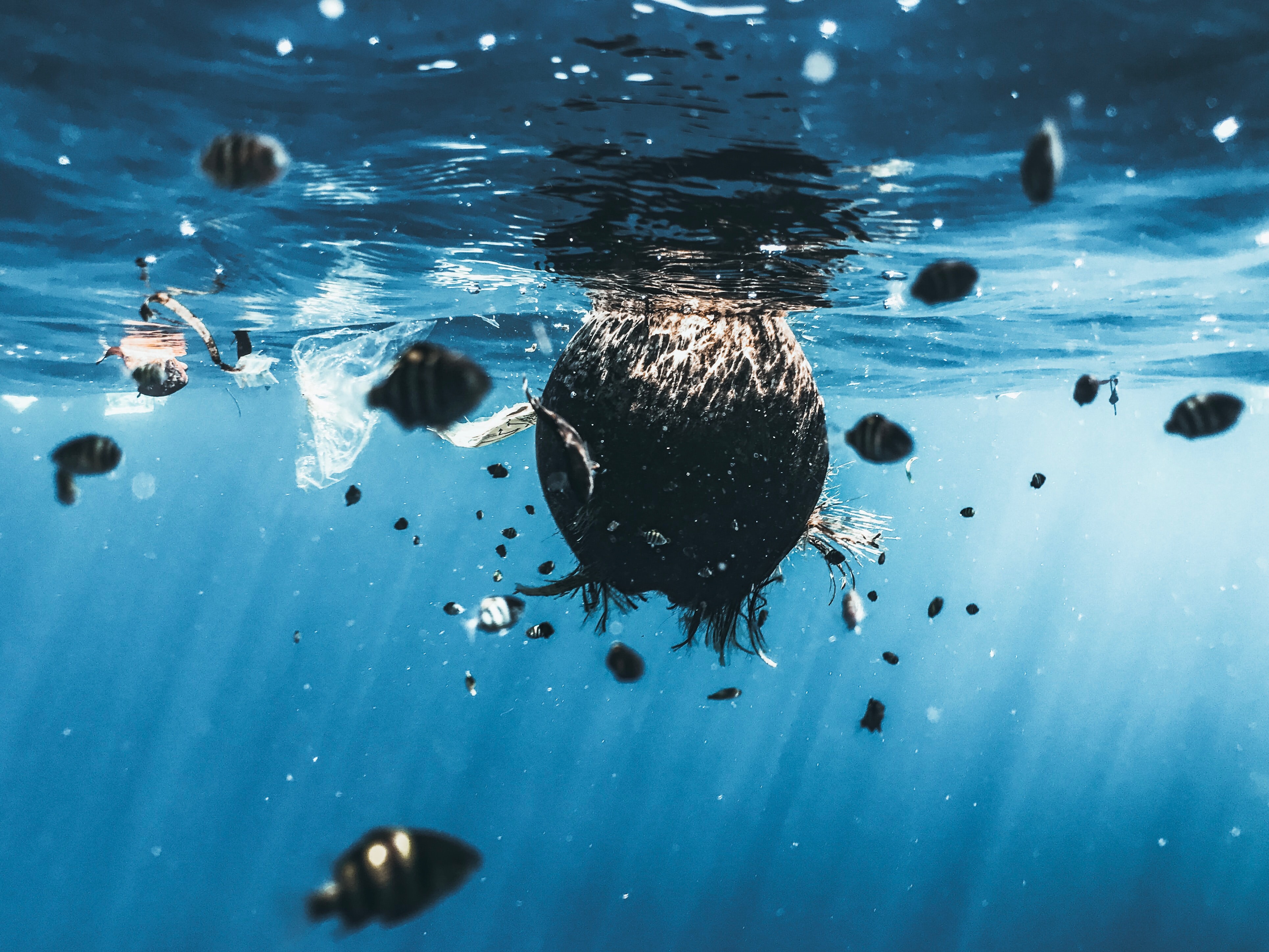Schistosomiasis is a parasitic disease caused by Schistosome flatworms and is considered one of the Neglected Tropical Diseases, which are a group of tropical diseases endemic to low-income populations of Africa, Asia, and the Americas. However, Schistosomiasis affects more than 200 million people worldwide, and the CDC has placed it second only to malaria as the most devastating parasitic disease.
Efforts to combat this infection are ramping up dramatically. As an example, the Bill and Melinda Gates Foundation granted The Imperial College of London $30 million dollars in 2002 to establish the Schistosomiasis Control Initiative (SCI), which initially partnered the college and the foundation with the World Health Organization and the Harvard School of Public Health. Their goal was to identify hot spots for infection, provide health education within those regions, treat victims, and monitor impact of the tr





![Join Sterlitech at BIO 2024 [Booth #5558]: Exploring the Future of Biotechnology](https://www.sterlitech.com/media/magefan_blog/b4.jpeg)

